NOTE: This article discusses an older version of Capture One Pro. To learn more about our latest version, click here.
Award-winning photographer Joe McNally takes you through the new and upcoming tools for Capture One 21 and how they’ve elevated his editing workflow.
Capture One just got faster, and better with its upcoming update in March. So happy that during this time at home, I’ve had a chance to learn (still lots to go and do there) and grow with the program. I generally am not shy about cranking lots of frames on location, as assistants and crew who have pulled and hauled with me in the field will tell you, so speed of edit, post-shoot, is paramount.
New stuff!
Capture One 21 (14.1) – the new update to Capture One 21 which will be released in March. In this new update, the viewer tab now lets you enlarge and inspect the image big, full size, prior to import. All the images present with check marks, so you can import all, as per usual, with one button push, but you can also uncheck all and flip on the viewer tab and fly through full size pictures, really judging critically for sharpness, stray stuff in backgrounds, and the like. No need to import all the thumbnails and then enlarge and pass judgement. Do it on the fly, from the card, and selectively import. Huge time saver, and conserves space on the hard drive.
Shortcut keys are now available for import. S for pick, A for unpick. Or just hit the space bar in turn.
More and more camera profiles have also been added, and a whole array of Style Brushes are also coming in this update. Style Brushes allow you to bypass creating a layer and selectively brush-in all manner of adjustments, from color and exposure, to specific enhancements such as deepening a sky, or whitening teeth. These new tools are simple, fast, and to the point.
Plus, I loved these great tools that came with Capture One 21 back in December…
Speed Edit
Turbocharge your edit by hitting the A key and slide for highlights, and the 1 key to slide for Kelvin. Shortcut keys for these “always using them” adjustments again, shaves time off the edit process.
Dehaze
This is Super. I use it for the landscapes I shoot (not too many) but also, because I’m more of an urban, people photog, I use it for scenes. It just snaps the image to attention, and you can customize it to find the shadow tones of your preference. You can go negative, too, and increase haze.
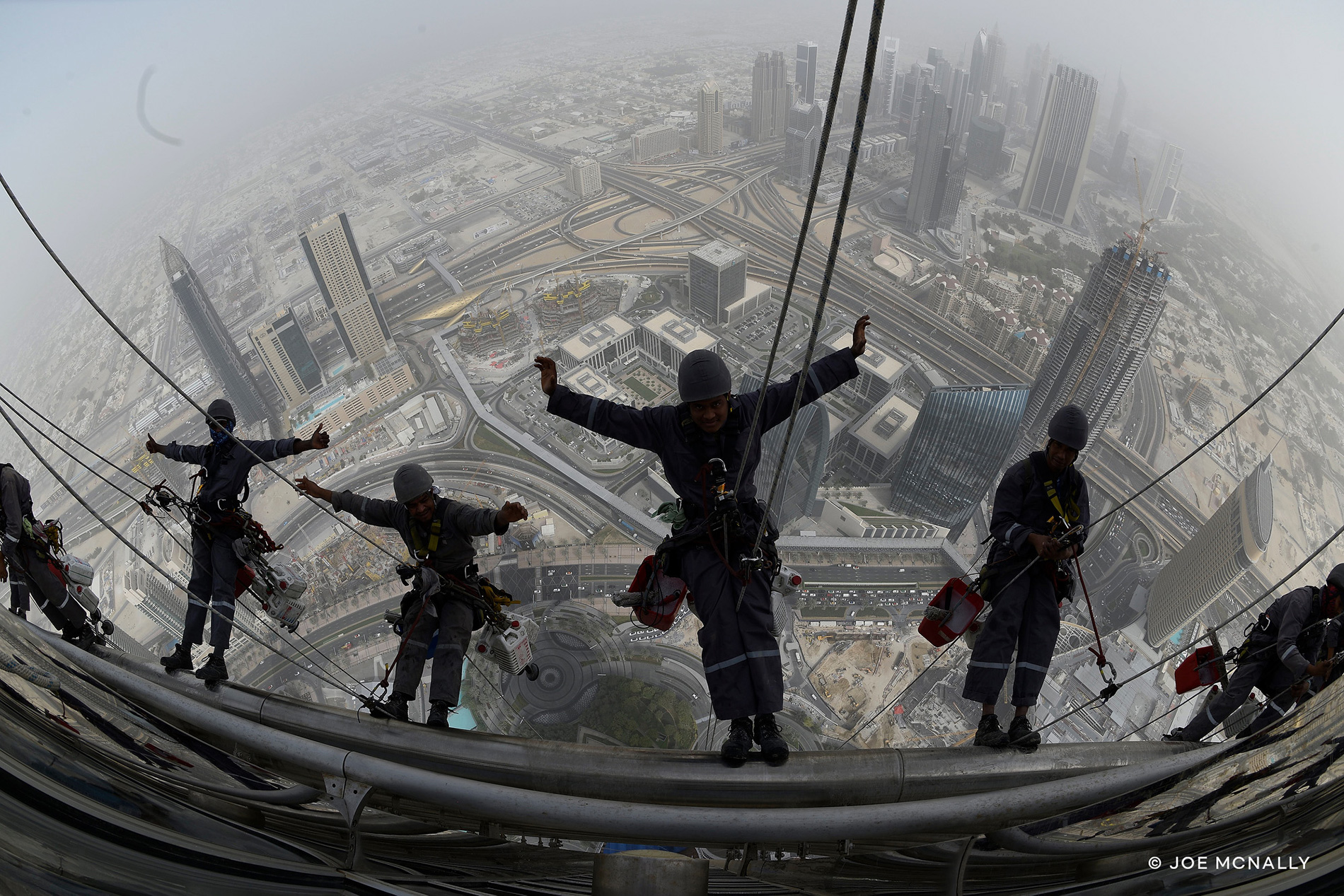
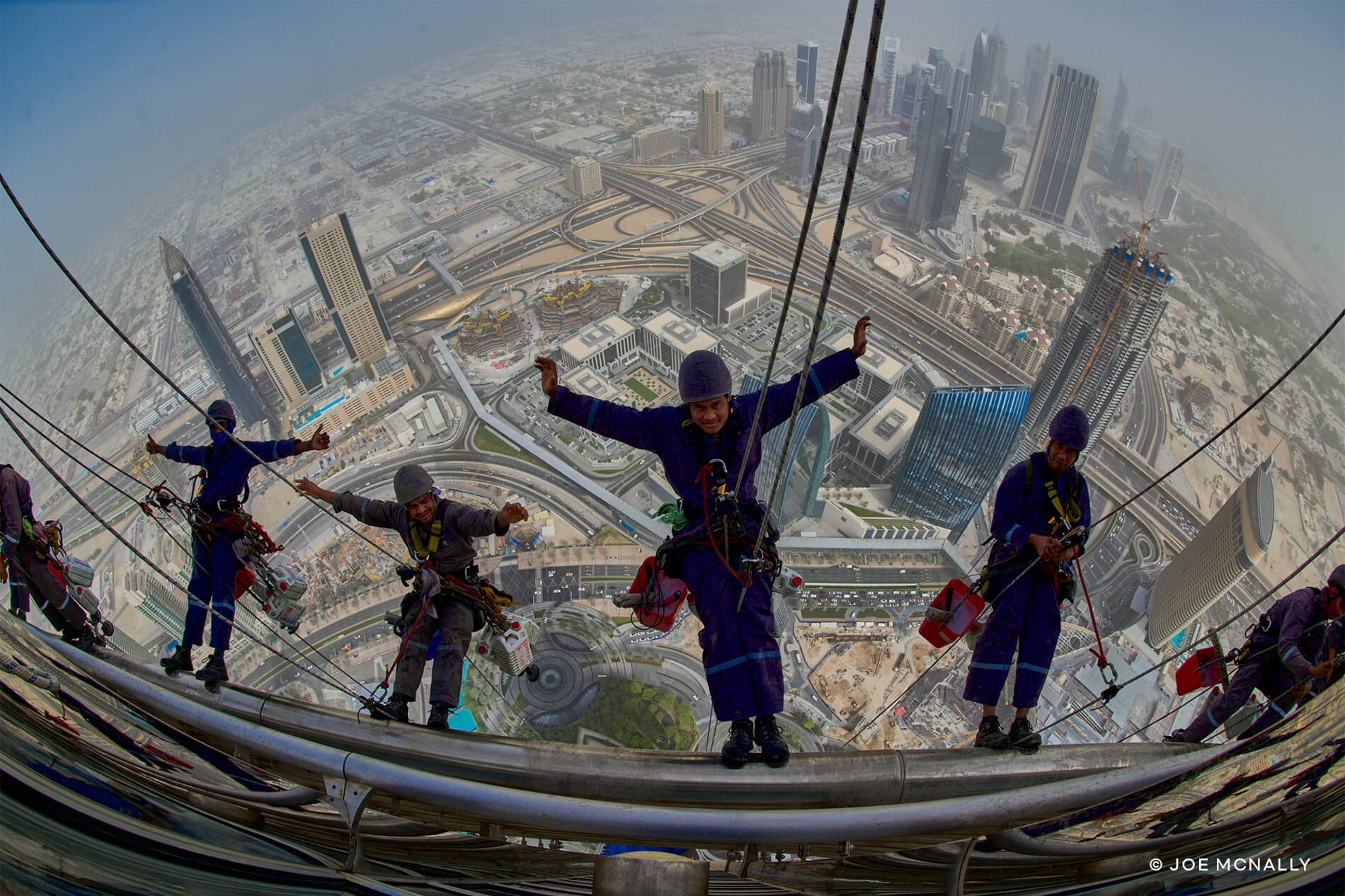
Before and After tool
This has been around for a bit, but the Before and After tool rocks. I’ve been plumbing my archive, updating lots of years of shooting, looking at scans of wildly varying quality, and via Capture One before/after, I can tell very dramatically, and immediately, where the image has come from, and shed the staleness of an older scan. I’ve been pumping some life and vigor into images from long ago. It’s been super helpful as I prepare a new book for the fall.
Simply put, the Capture One software now is a seamless highway from tether, to select, to edit, to final. I’m still over the moon about the Process Recipes tool. I created an embarrassment of different Recipes, for the book, for the blog, and for social postings. It takes at least some of the time commitment of social media posts out of the equation. The file is done and lives in a folder called “Blog,” ready to post. Those labeled subfolders of processed imagery can be designated to live in the same folder of raw originals, so the organization is done for you. RAW, finished, and sized files all live within one folder on your hard drives. One-stop shopping.
There are many, many photographers out there who do wondrous post-processing on an intricate and highly sophisticated level. The look of their pictures, from the shutter push to final, incorporates and anticipates layers and layers of image work. The images are astounding, but that’s not me. Most of the time, I shoot in a very straightforward way, solving problems on location, at the camera. I’ve always wanted a post processing program to dovetail intuitively with the way I photograph, and present itself with language, an interface, and educational support that’s understandable. Capture One is it.
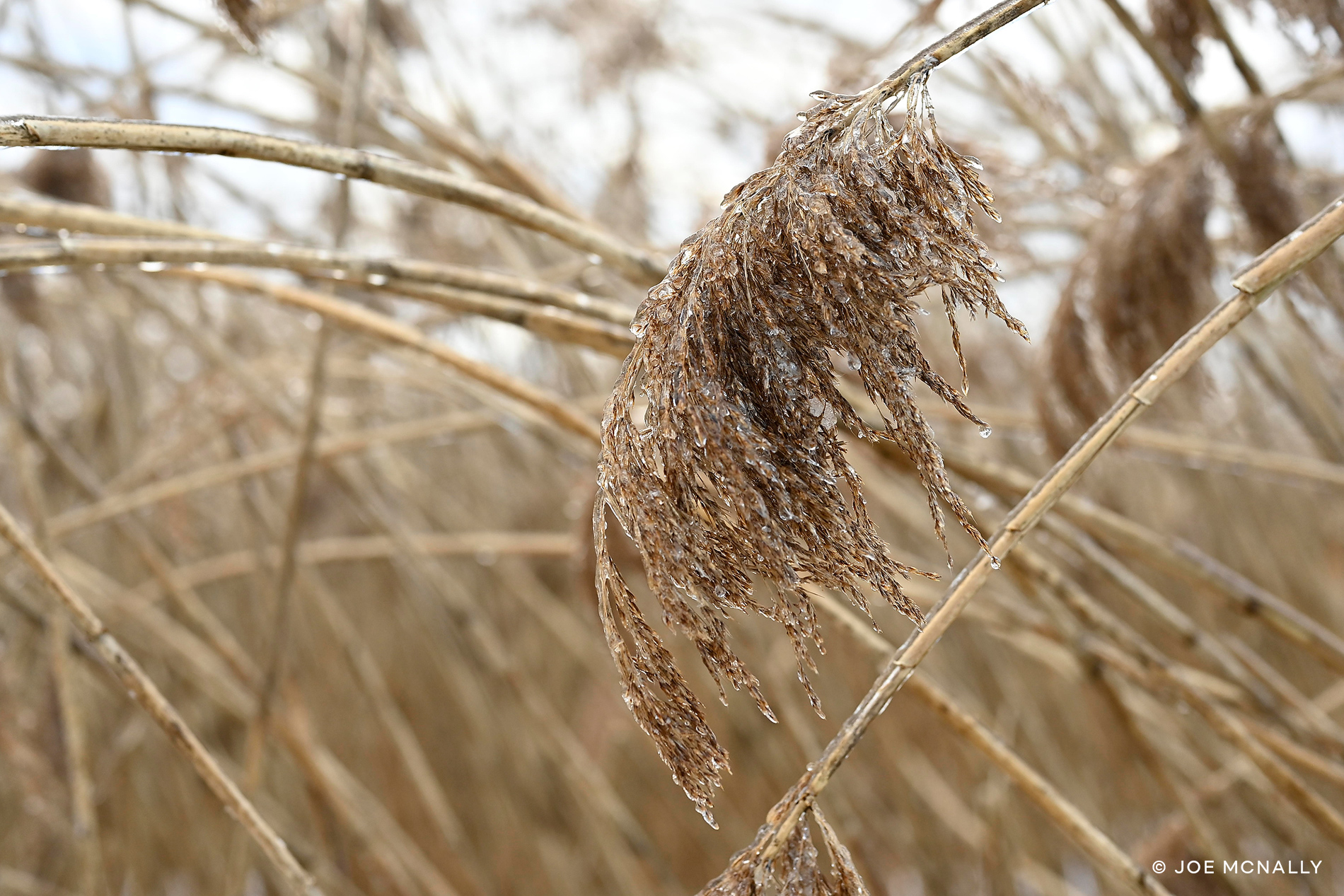
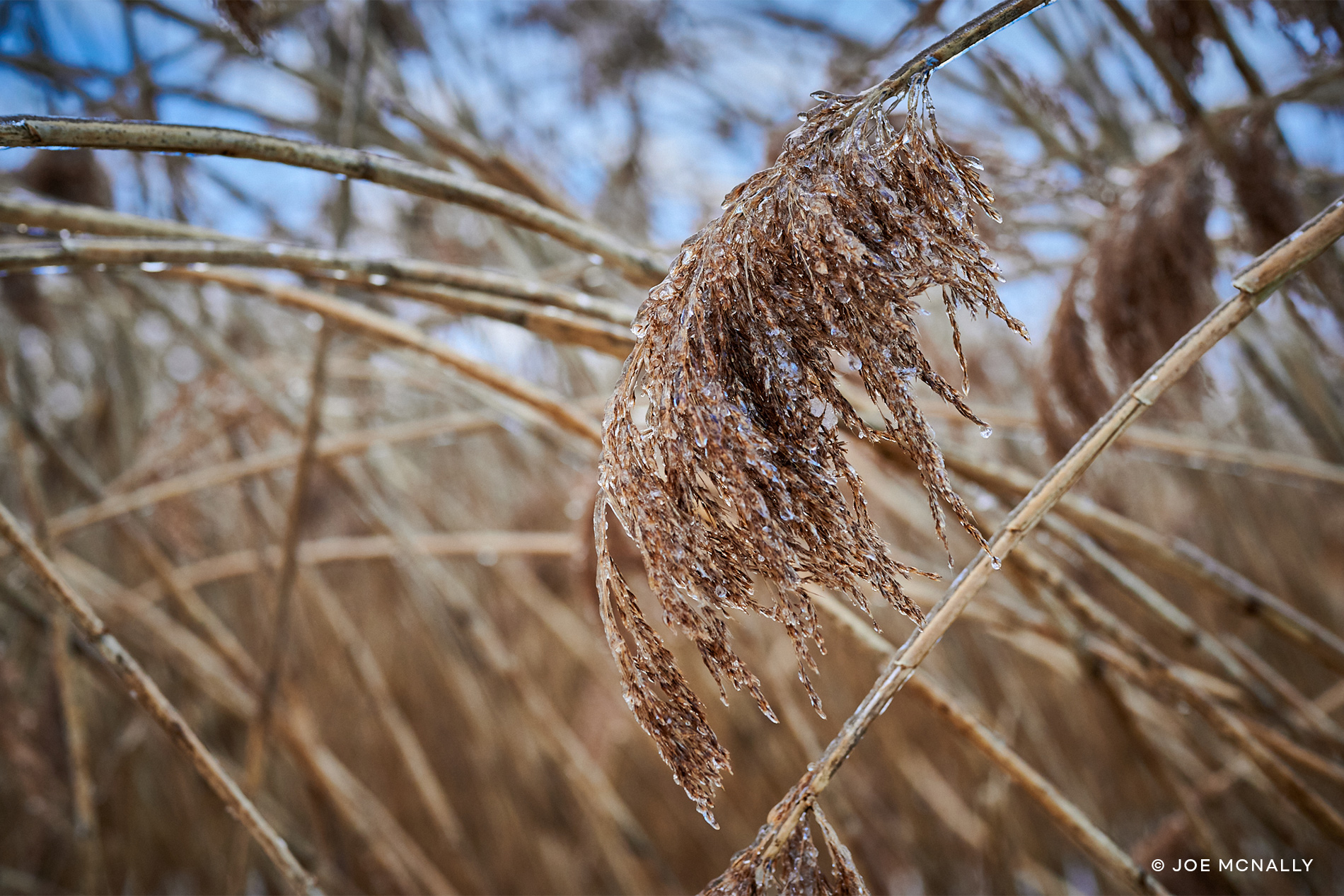

Joe McNally
An internationally acclaimed photographer, Joe McNally’s 30-year career has spanned assignments in over 70 countries and included cover stories for global publications including TIME, Newsweek and Sports Illustrated. A former staff photographer at LIFE, Joe was also a contributor to National Geographic for 25 years.

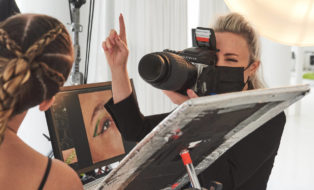


capture one becomes more and more complex. But every item is very usefull. And if you are familier with the functionality life and handling becomes easier.
Joe had written: “Most of the time, I shoot in a very straightforward way, solving problems on location, at the camera.”
That’s me, too. (Old Kodachrome 25 shooter here). Attended Joe’s workshop in Calgary in 2010. Long-time Aperture user looking for a replacement so I can move off macOS 10.14 Mojave on Intel (15-inch Retina) and onto Apple Silicon when the new 14/16-inch MacBook Pro debuts later this year. I think Capture One may be that replacement. As always, thanks for the insights—and the inspiration—Joe!